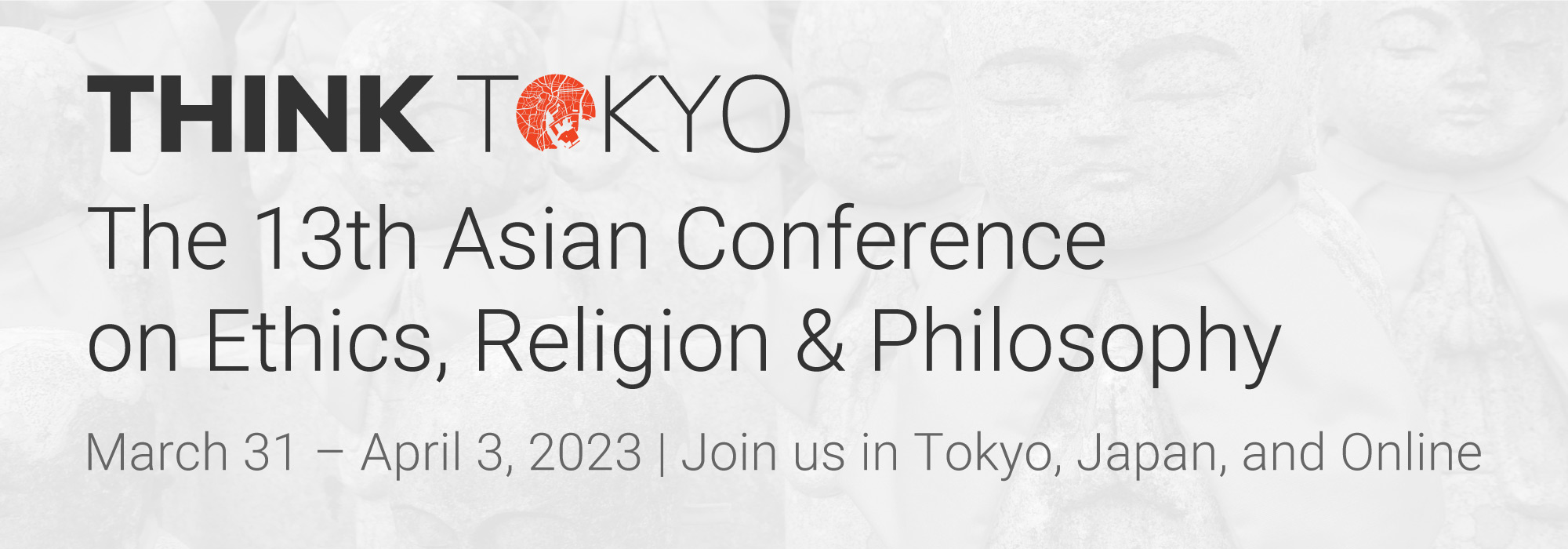Presentation Schedule
Empirical Research on Consumers’ Intention to Use a Facial Recognition System: An Integrated Model With Perceived Playfulness, Security, and Innovation (67525)
Session Chair: Xiao Lei Wang
Sunday, 2 April 2023 15:05
Session: Session 3
Room: Room 708
Presentation Type:Oral Presentation
Of the many biometric measurements, fingerprints are probably the most used, especially in smartphones as a substitute for passwords. As for the face recognition system, many people feel that it is unnecessary and even violates privacy. With the outbreak of covid-19, governments have taken severe measures to track people's movements to prevent the spread of the pandemic. For example, restaurants, supermarkets, and convenience stores have implemented temperature measurements and QR code verification scanners. As international travel restrictions are relaxed and the number of tourists going abroad surges, airports have installed facial recognition systems for passengers to save time and speed up processing. In this situation, are consumers embracing the technology for its convenience? Or boycott it out of privacy concerns? This study aims to investigate consumers’ willingness to use facial recognition systems and their influencing factors to answer the above questions. The technology acceptance model (TAM) and theory of planned behavior (TPB) were adopted as theoretical underpinnings. Some influential factors, including perceived playfulness, perceived security, and innovation were also incorporated based on the literature. A questionnaire survey was used as the research method and structural equation modeling was employed to analyze the empirical data (302 valid questionnaires). The findings suggest that consumers’ perceived security has the greatest impact on attitudes toward facial recognition systems, followed by perceived playfulness and usefulness. In terms of intention to use a facial recognition system, innovation had the largest influence, followed by attitude and subjective norms.
Authors:
Chun-Hua Hsiao, Kainan University, Taiwan
Kai-Yu Tang, National Chung Hsing University, Taiwan
About the Presenter(s)
Chun‐Hua Hsiao is a Professor of marketing at Kainan University. Her research interests include technology adoption, consumer behavior, mobile commerce, and gamification.
https://www.linkedin.com/in/chun-hua-hsiao-237ab769/
https://www.researchgate.net/profile/Chun-Hua-Hsiao
Kai‐Yu Tang is an Assistant Professor at the Graduate Institute of Library & Information Science, National Chung Hsing University, Taiwan. His research interests include mobile commerce, social network analysis, and computational thinking.
https://www.researchgate.net/profile/Kai-Yu-Tang
https://loop.frontiersin.org/people/1354358/overview
Connect on Linkedin
https://www.linkedin.com/in/chun-hua-hsiao-237ab769/
Connect on ResearchGate
https://www.researchgate.net/profile/Chun-Hua-Hsiao
See this presentation on the full schedule – Sunday Schedule





Comments
Powered by WP LinkPress